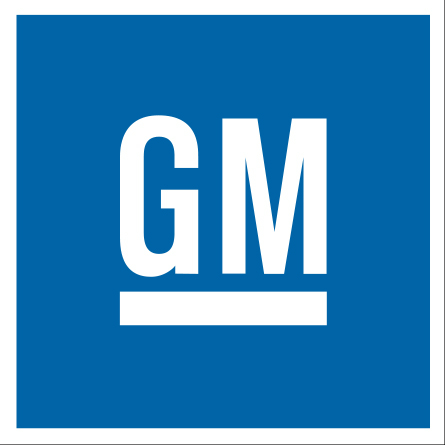
General Motors (GM) is calling it a “transformational acceleration,” or a fast-track of its plans laid out in 2015 to strengthen its core business, capitalize on the future of personal mobility and drive significant cost efficiencies. The company is also calling it an opportunity to allocate resources to self-driving and electric vehicles. The media and employee interests are calling it “job losses.” Analysts say the company is trying to reinvent itself. GM even has a new motto: “Zero Crashes, Zero Emissions, Zero Congestion.”
Whatever you call it, the company has announced that it will be shuttering three plants in 2019: the Oshawa Assembly in Oshawa, Ontario, Canada; the Detroit-Hamtramck Assembly in Detroit; and the Lordstown Assembly in Warren, Ohio. It will also be closing two propulsion plants in Baltimore Operations in White Marsh, Maryland; and Warren Transmission Operations in Warren, Michigan. In addition to the previously announced closure of the assembly plant in Gunsan, Korea, GM will shut down two additional plants outside North America by the end of next year.
In closing the five North American plants, GM will lay off 15 percent of its salaried workers, or 8,000 people, including 25 percent of executives, and an additional 6,000 hourly workers. Much of the losses will be in plants producing sedans, which consumers seem to have lost their taste for in favor of SUVs, trucks and cross-over vehicles. There’s also blame to be laid at the doors of the Trump Administration’s tariffs on foreign vehicles and parts, of which GM has been highly critical. These factors have created a “perfect storm” that GM is attempting to mitigate, according to Michelle Krebs, an executive analyst for Autotrader.
“In contrast to times past, General Motors, under CEO Mary Barra, is trying to get ahead of a potential crisis by making cuts now,” said Krebs. “A confluence of factors has triggered GM’s actions: a downturn in the important China market as well as a potential downturn in the North American market – the two are GM’s biggest markets; the dramatic shift by consumers from traditional cars to utility vehicles; and the impact of tariffs and trade issues.”
Krebs said that GM is actually a bit late in adjusting its product line and production capacity from cars to utility vehicles.
“Ford and Fiat Chrysler already revealed their plans to largely abandon traditional cars,” she said. “We had expected GM to follow suit, especially in light of 2019’s labor talks with the UAW.”
So while the news may be good for the future of GM, it will come at a high cost to workers and the communities that depended on the plants. Some analysts are concerned that a “brain drain,” or loss of talent and innovation, may be one of the most serious losses the communities experience.












